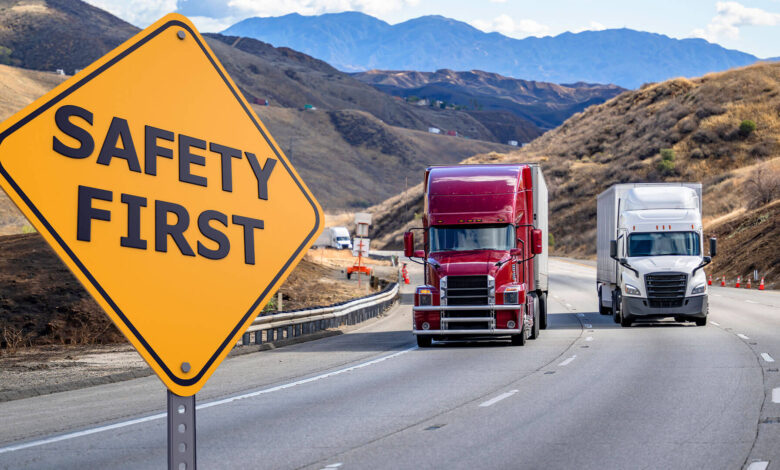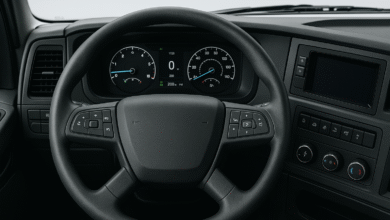Safe Truck, Safe Journey: What Every Driver Should Know

Trucking isn’t for everyone. The road demands respect, attention, and a heap of common sense. One bad decision can wreck everything, your career, someone else’s life, or both. Professional drivers understand this weight on their shoulders every time they fire up that diesel engine.
The Foundation of Road Safety
Walk-around inspections tell the real story. Tires show their wear patterns differently depending on alignment issues, overloading, or suspension problems. Some drivers rush through this step, but the smart ones take their time. A blown steer tire at highway speed will ruin your whole week, assuming you survive it.
Weather can change faster than a politician’s promises. Morning fog burns off by noon, then thunderstorms roll in before evening. Experienced drivers watch weather apps obsessively, planning routes around severe conditions rather than hoping they’ll miss the worst of it.
Suspension Systems and Vehicle Control
Old-timers remember when trucks rode like buckboards. Leaf springs beat drivers to death on rough roads, and cargo took a pounding too. Air bags changed everything, smoothing out the ride while protecting freight from constant jarring and bouncing.
Electronic controls take air suspension to another level entirely. Modern international truck suspension systems let drivers adjust ride height with the push of a button. Lower the truck for loading docks, raise it for ground clearance, or stiffen the ride for better handling with light loads.
Empty trailers act like kites in crosswinds. The suspension system helps keep things stable, but physics still rules. Smart drivers slow down when wind advisories get posted, especially through mountain passes where gusts can literally blow a truck sideways.
Load Management and Distribution
Shippers sometimes don’t understand weight distribution. They’ll load heavy pallets wherever there’s space, creating dangerous situations for drivers who don’t catch the problem. Tandem axles might be legal, but steering axles over the limit will get you shut down at the first scale house.
Cargo shifts during transport, especially liquids or loose materials. Sudden lane changes or hard braking can turn a stable load into a disaster. Drivers learn to feel these changes through the steering wheel and adjust their driving accordingly.
Electronic Safety Technologies
Collision avoidance systems work great until they don’t. Sensors get dirty, rain confuses radar, and snow blocks cameras. These gadgets help prevent accidents, but they’re not foolproof. Drivers who trust technology completely often get surprised when it fails at the worst possible moment.
Anti-lock brakes prevent wheel lockup, but they can’t overcome physics. Stopping distances still depend on speed, weight, road conditions, and brake adjustment. Some drivers pump ABS brakes out of habit, which actually makes stopping distances longer.
Driver Health and Alertness
Truck stops serve food that isn’t the healthiest. Drivers who pack their own meals feel better and stay more alert during long hauls. Sleep schedules get messed up constantly in trucking. Smart drivers grab naps whenever possible rather than pushing through exhaustion.
Back problems plague veteran drivers. Climbing in and out of cabs hundreds of times daily takes its toll. Stretching exercises help, but prevention works better than treatment.
Safety Comes First
Safety in trucking comes down to preparation, vigilance, and respect for the machine you’re operating. Technology helps, but it never replaces good judgment and experience. The best drivers combine old-school knowledge with modern equipment, creating a safety net that protects everyone on the highway. Every mile matters, every decision counts, and every driver has the responsibility to make it home safely.




